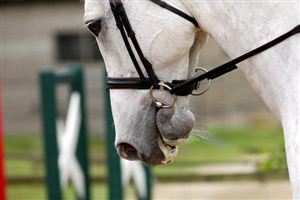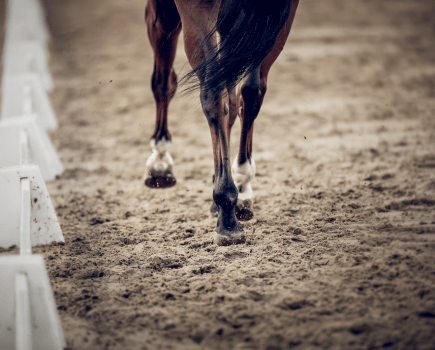Your horse’s mouth conformation is important in finding the right bit for him, says Heather Hyde of Neue Schule Bits.
 By taking time to have a look at your horse’s mouth conformation, it can give you clues to which bit may suit him.
By taking time to have a look at your horse’s mouth conformation, it can give you clues to which bit may suit him.
First, gently part your horse’s lips at the side and see if his tongue is bulging through his teeth.
If it is, this indicates he has a large tongue. Heather believes big tongues are the most common form of mouth discomfort if they are not accommodated with the correct mouthpiece.
The outer edges of the tongue are much more sensitive than the middle and these sensitive edges are going to be subjected to increased pressure with certain bits.
Check what room your horse has between his tongue and the roof of his mouth. Do this without a bit and then have another look when he has a bit in his mouth, at rest, and with a contact on the reins so you can see the areas of the mouth the bit puts pressure on.
Mouth conformation varies according to breed
Thoroughbreds generally have ‘easy’ mouth conformation – the tongue tends to lie neatly on the floor of the mouth with plenty of room between the tongue and the roof. A thin tongue results in more bar pressure from the bit. Choosing a slightly thicker mouthpiece will give more weight-bearing surface and be kinder.
The Irish Draught cross and Dutch warmblood are renowned for having a large tongue – not much room for a bit.
Arabs and Connemaras also have little room for a bit – the tongue is not always large but the roof of the mouth is generally lower, even if they don’t have a particularly dished face.
Trakehners can prove tricky to bit, they tend to have very sensitive skin in their mouths and the shape of their heads means there is less room for the bit.
Shires and generally have very fleshy lips and careful bitting is needed to avoid pinching of this sensitive area.








